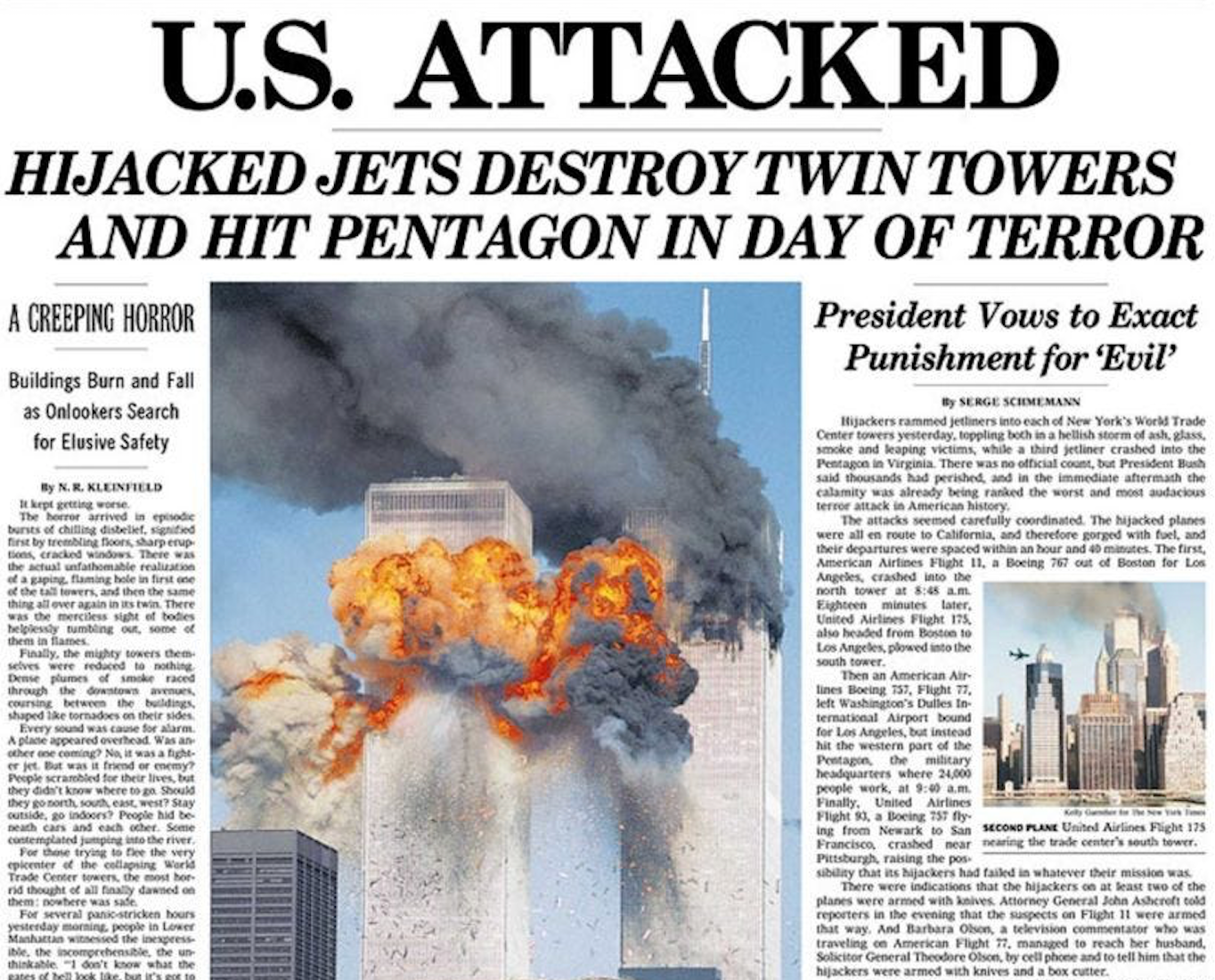What Does News Articles Mean?
What Does News Articles Mean?
Blog Article
News Articles Fundamentals Explained
Table of ContentsNews Articles Can Be Fun For EveryoneThe Facts About News Articles UncoveredRumored Buzz on News ArticlesThe Facts About News Articles UncoveredThe Facts About News Articles Revealed
Excellent expertise of different subjects provides trainees an one-upmanship over their peers. Even though digital and social media sites are readily available, we ought to not neglect exactly how vital it is to read the newspapers. Parents need to try and instill the habit of reviewing a newspaper as a day-to-day routine to proceed the legacy of the revered print tool.Newspaper article likewise have a minimum of among the adhering to vital attributes about the desired target market: closeness, prestige, timeliness, human passion, anomaly, or repercussion. The related term journalese is occasionally made use of, usually pejoratively, to refer to news-style writing. An additional is headlinese. Papers normally follow an expository writing style.
Within these restrictions, newspaper article likewise intend to be thorough. Other factors are involved, some stylistic and some obtained from the media type. Amongst the larger and more reputable papers, justness and equilibrium is a major factor in offering info. Discourse is usually constrained to a separate area, though each paper may have a various overall angle.
Papers with an international target market, for instance, often tend to make use of an extra official style of creating. The specific options made by a news electrical outlet's editor or editorial board are commonly collected in a design overview; usual style guides include the and the United States News Style Publication. The major objectives of information writing can be summarized by the ABCs of journalism: accuracy, brevity, and quality.
The Definitive Guide for News Articles
As a rule, reporters will certainly not utilize a lengthy word when a brief one will do. They utilize subject-verb-object construction and vivid, energetic prose (see Grammar). They use narratives, examples and allegories, and they rarely depend upon generalizations or abstract concepts. Information writers try to prevent using the same word greater than once in a paragraph (sometimes called an "echo" or "word mirror").
Headlines often leave out the subject (e.g., "Jumps From Watercraft, Catches in Wheel") or verb (e.g., "Pet cat lady lucky"). A subhead (also subhed, sub-headline, subheading, caption, deck or dek) can be either a subordinate title under the main headline, or the heading of a subsection of the write-up. It is a heading that precedes the major message, or a team of paragraphs of the primary message.

Additional billboards of any of these types might appear later in the post (specifically on succeeding web pages) to lure additional reading. Such signboards are likewise used as pointers to the post in other sections of the publication or website, or as promotions for the item in various other publication or websites. Common structure with title, lead paragraph (summary in strong), other paragraphs (details) and call info.

Example of a hard-lead paragraph NASA is suggesting one more space project. The spending plan requests around $10 billion for the job.
An "off-lead" is the second most crucial front page information of the day. To "bury the lead" is to begin the write-up with background details or details of additional value to the viewers, requiring them to review even more deeply into a post than they need to have to in order to uncover the vital points.
The Ultimate Guide To News Articles
Common use is that or 2 sentences each form their very own great site paragraph. Reporters typically define the company or structure of a newspaper article as an upside down pyramid. The important and most interesting aspects of a tale are placed at the start, with sustaining information adhering to in order of reducing relevance.
It enables individuals to explore a subject to just the depth that their interest takes them, and without the imposition of details or nuances that they can take into consideration unimportant, however still making that information offered to extra interested viewers. The inverted pyramid framework likewise allows posts to be cut to any type of approximate size throughout design, to fit in the area offered.
Some writers start their stories with the "1-2-3 lead", yet there are several sort of lead available. This format inevitably starts with a "5 Ws" opening paragraph (as described over), followed by an indirect quote that serves to support a significant element of the initial paragraph, and after that a straight quote to support the indirect quote. [] A kicker can describe numerous points: The last tale current program; a "pleased" tale to finish the show.
Longer articles, such as publication cover articles and the items that lead the within sections of a newspaper, are understood as. Function tales vary from straight news in a number of means. Foremost is the lack of a straight-news lead, a lot of the moment. Instead of providing the significance of a tale in advance, function writers might attempt to tempt readers in.
News Articles Can Be Fun For Everyone
A function's first paragraphs typically connect a fascinating minute or event, as in an "anecdotal lead". From the particulars sites of an individual or episode, its view promptly expands to abstract principles regarding the story's subject.

The Editor's Toolbox: A Recommendation Guide for Beginners and Professionals (2001) Allan M. Siegal and William G. Connolly. The New York City Times Handbook of Style and Use: The Official Style Overview Used by the Writers and Editors of the World's Many Authoritative Newspaper (2002) M. L. Stein, Susan Paterno, and R.
Report this page